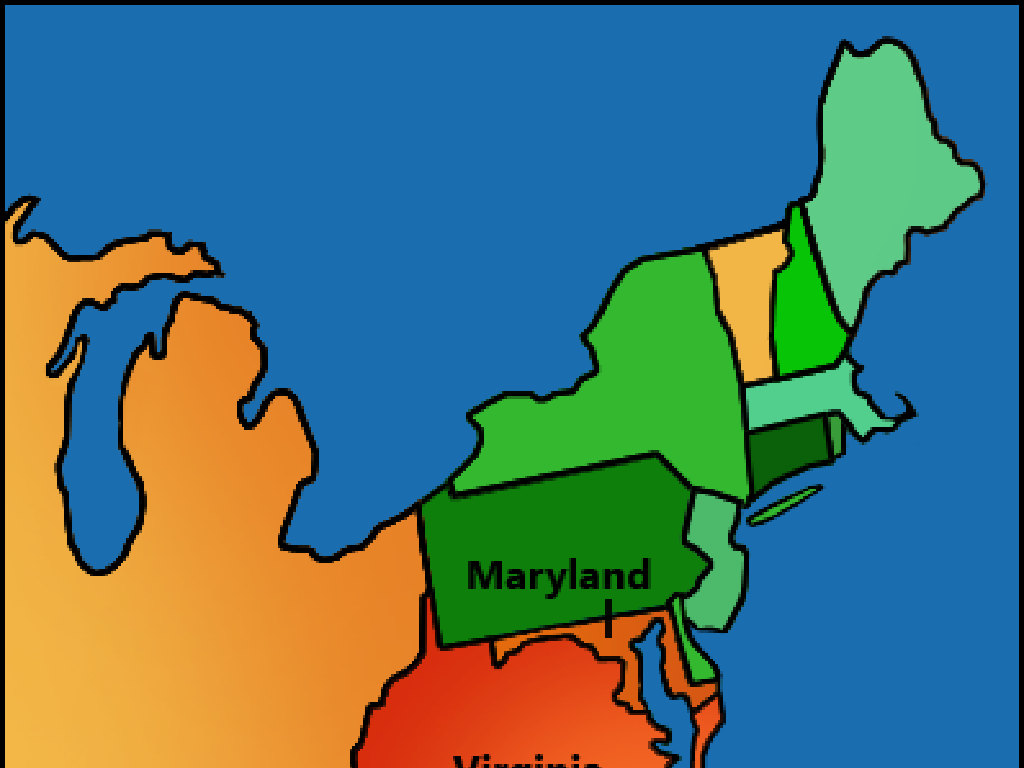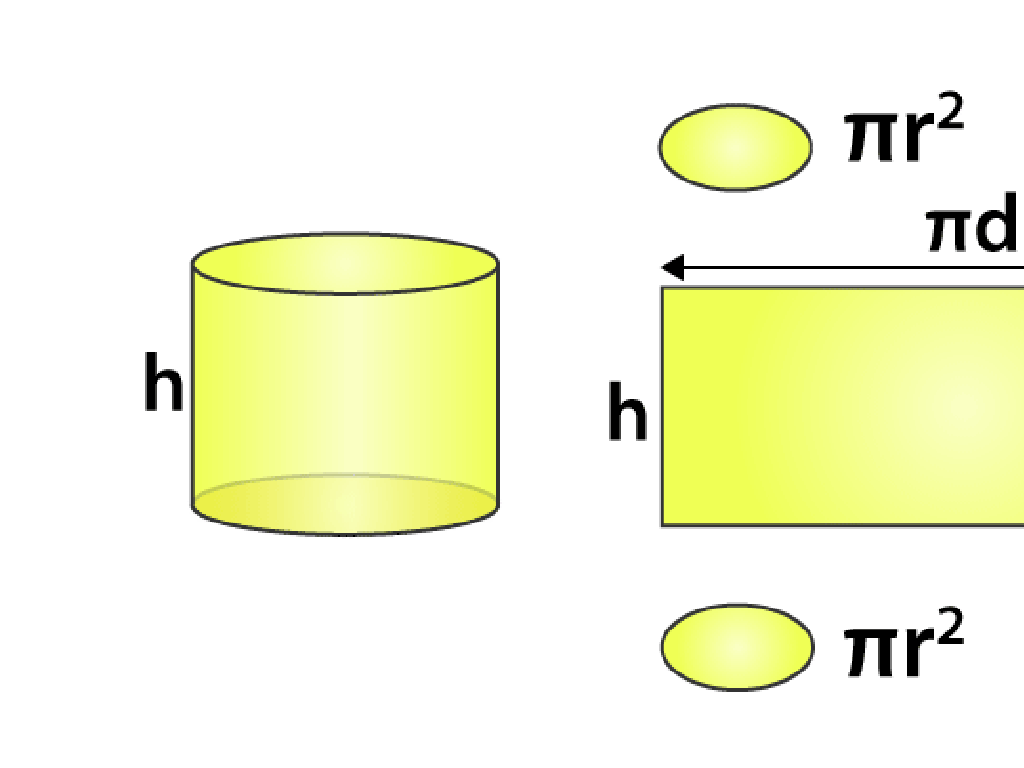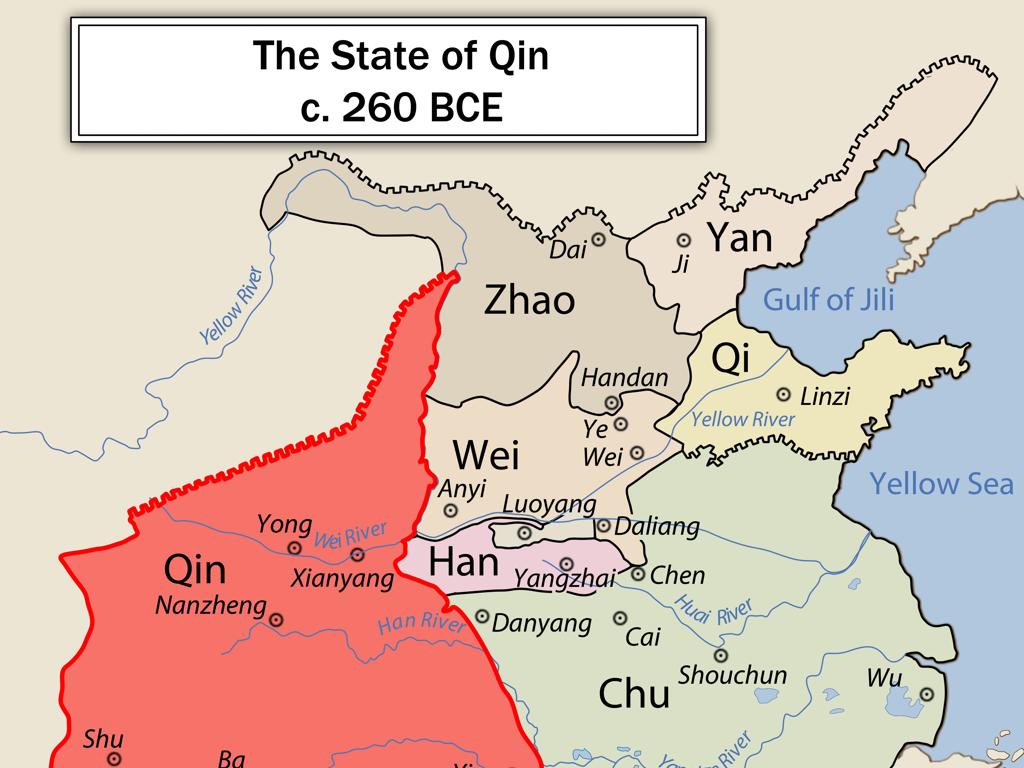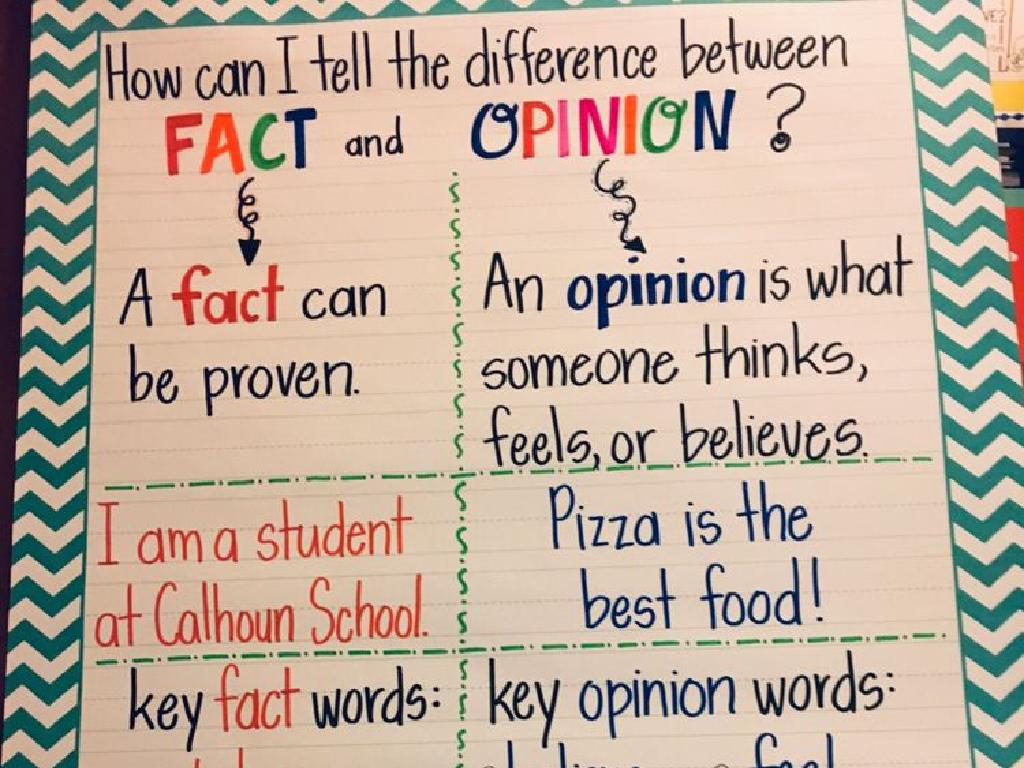Price Lists
Subject: Math
Grade: Third grade
Topic: Money
Please LOG IN to download the presentation. Access is available to registered users only.
View More Content
Welcome to Money Matters!
– What is money?
– Money is used to buy things we need or want.
– The purpose of money
– We use money to exchange for goods and services.
– Various forms of money
– Cash, coins, checks, and digital currency.
– Money in everyday life
– Examples: Buying a toy, paying for a bus ride.
|
This slide introduces students to the concept of money, its purpose, and the different forms it can take. Begin by explaining that money is a tool we use to trade for things like food, clothes, and toys. Discuss why money is more convenient than bartering with goods. Show them physical examples of money like bills and coins, and mention other forms like checks or online payments. Relate the forms of money to situations they might encounter, such as buying something from a store or saving their allowance. The goal is to help students understand the basic functions of money and recognize its different forms in a simple and relatable way.
Understanding Price Lists
– What is a price list?
– A chart showing the cost of items for sale
– Where to find price lists?
– Grocery stores, restaurants, online shops
– Examples of common items
– Milk: $3, Bread: $2, Apple: $1 each
– Practice with real prices
|
Introduce the concept of a price list as a tool that stores use to display the cost of items they are selling. Explain that price lists can be found in various places where things are sold, including physical stores and online marketplaces. Provide relatable examples of everyday items and their prices to help students understand how to read price lists. Encourage students to practice by looking at real price lists from local stores or flyers and identifying the prices of items they’re familiar with. This will help them become more comfortable with the concept of money and the value of different items.
Reading a Price List
– Learn to read prices
– Look at the numbers and the dollar sign
– Understand money units
– Cents are smaller than dollars, like pennies and quarters
– Practice with item prices
– Find the cost of toys, fruits, or pencils on a list
– Recognize price patterns
– Notice how some items may cost more but come in bigger packs
|
This slide is aimed at helping third-grade students understand how to read and interpret price lists. Start by explaining the basics of reading prices, including the significance of the dollar sign and decimal points. Clarify the concept of units of money, such as dollars and cents, and the use of coins and bills. Provide a practice activity where students identify the prices of various items, such as classroom supplies or grocery items, from a sample price list. Encourage them to observe patterns, like bulk pricing or discounts, and discuss why some items might be more expensive. The goal is to build their confidence in dealing with money in real-life situations.
Calculating Total Cost with Price Lists
– Learn to add up prices
– Use addition for total cost
– Example: Total meal cost
– If a burger is $5 and fries are $2, the meal cost is $5 + $2 = $7
– Practice with price lists
– Use a pretend store’s price list for practice
|
This slide is aimed at teaching third-grade students how to calculate the total cost of items using price lists. Start by explaining the concept of addition as a means to combine prices. Use simple, relatable examples such as adding the cost of a burger and fries to find the total cost of a meal. Emphasize the practicality of this skill in everyday life, such as shopping or eating out. After explaining, engage the students with an activity where they use a pretend price list to calculate the total cost of various items. This hands-on practice will help solidify their understanding of the concept.
Making Smart Choices with Money
– Compare prices before buying
– Look at different price tags and decide which is cheaper or a better deal.
– Learn what ‘value for money’ means
– Getting the most benefit from the amount of money you spend.
– Activity: Budget shopping challenge
– Pick items from a price list that total less than your budget.
|
This slide is aimed at teaching third graders the importance of comparing prices and understanding the concept of value for money to make informed purchasing decisions. Start by explaining how to compare prices of similar items and discuss factors that might make one item a better deal than another, such as quantity, quality, or brand. Introduce the concept of ‘value for money’ by discussing how sometimes the cheapest option isn’t always the best in terms of durability or usefulness. For the activity, provide students with a list of items and prices, and a set budget. They must choose items that fit within their budget, encouraging them to apply their knowledge of price comparison and value. This exercise will help them understand budgeting and prioritization. The teacher should prepare different price lists and budgets to cater to varying levels of difficulty for the students.
Class Activity: Create Your Own Price List
– Design a pretend store price list
– Choose items and set prices
– Share your list with the class
– Explain your pricing strategy
– Why did you price the items that way? Was it based on size, rarity, or something else?
|
In this activity, students will apply their understanding of money by creating a price list for a pretend store. This hands-on activity encourages creativity and practical application of math skills. Provide students with paper and pencils to draft their price lists. Encourage them to think about the types of items they want to sell and what prices would be reasonable. They should consider the cost of items, competition, and what people might be willing to pay. After creating their price lists, each student will present their store and pricing rationale to the class, fostering public speaking and critical thinking skills. Possible variations of the activity could include creating discounts, setting up a store budget, or comparing with a classmate’s store to understand market competition.





